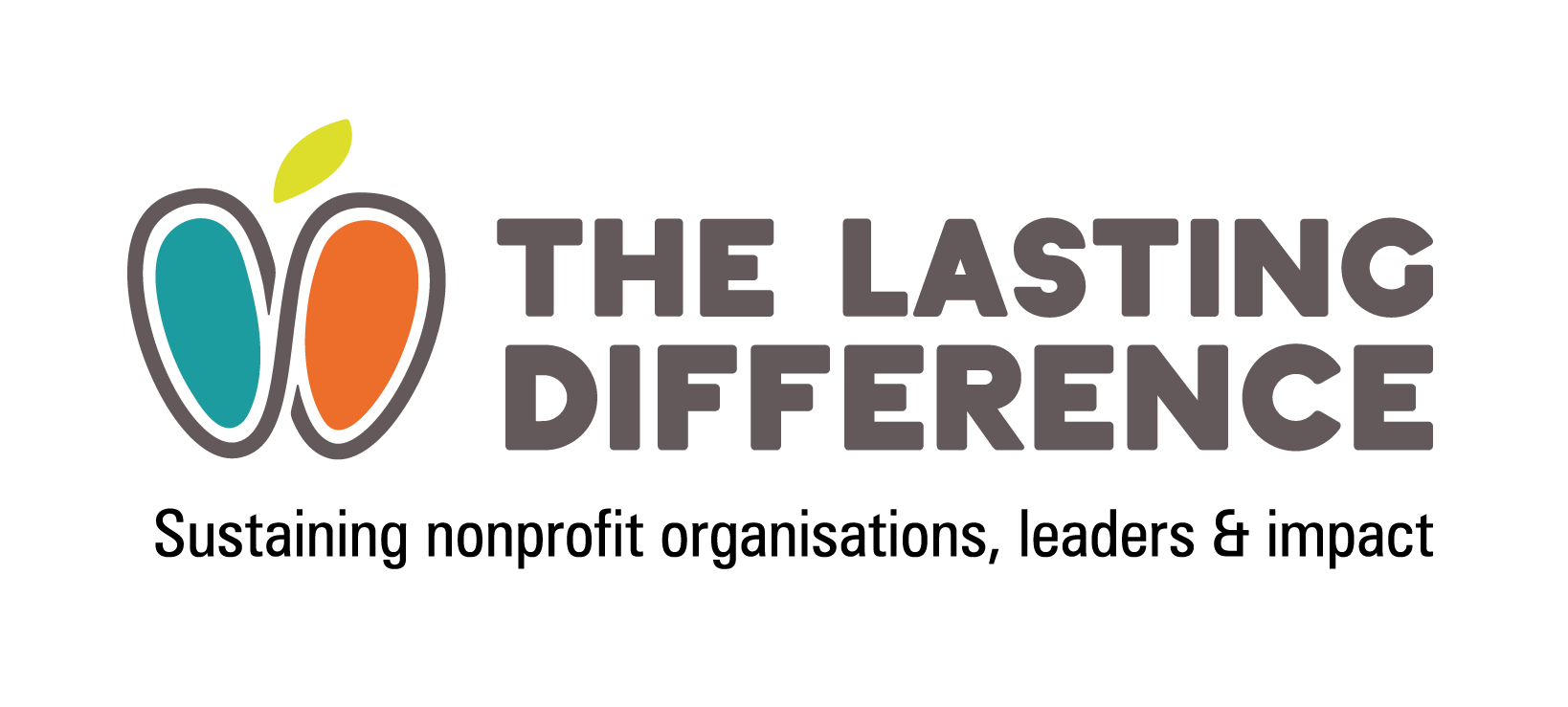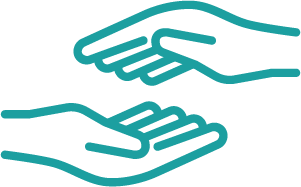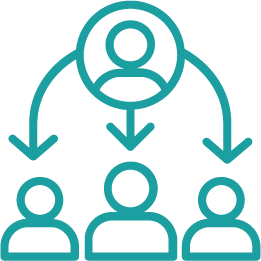This article continues our series on sustainable impact – how to make a lasting difference that continues even after your work stops. Discover Parts One and Two by following the links. This third domain may be most relevant to organisations that work directly with people. However, other organisations will still find it useful to think about what it means for how they engage their stakeholders.
Part 3: Services support independence, choice and control
Provocations:
- Do your services have an open door – or a revolving door?
- What would you rather sustain: your service – or its impact?
- Where is the power and where does it need to be?
- If people want to give something back to your service, can they?
- Are leadership and decision-making open to all?
- How diverse are your organisation’s role models?
Support independence, choice and control
This domain is about how your services contribute to the second domain’s outcomes about increased resilience, capacity and independence. These outcomes will mean different things to different people, so a person-centred approach is important. Common methods include:
- Promoting self-management skills, self-advocacy and self-efficacy.
- Giving people ownership of their support plans, outcomes, progress reviews and evaluation methods.
- Supporting informed decision making, regardless of choice or outcome.
- Signposting and introducing people to other support where appropriate.
- Introducing other services to the people or issues you support (see the fifth domain).
- Making informal networks and peer support groups available.
Measures of the success of these approaches include:
- The number of people moving through services or moving on to other support. (Remembering that this won’t always be possible for everyone).
- The rate at which people progress: e.g. average length of time spent in a service.
- The extent to which there are bottlenecks and waiting lists. This might be caused by the absence of successful outcomes, progress reviews that might identify them, other appropriate support (the fifth domain).
- The number of successful referrals to other sources of support.
- The number of people returning for support (leave the door open for people to return if transitions don’t work out but be careful about creating revolving doors where people grow dependent).
- The number of requests people make for information or support – these might go up as people become more confident in their rights and choices, or down as they start to become more independent.
It’s worth noting that most service-delivery organisations would like to think of themselves as being person-centred.
In reality, how person-centred services are will depend on how much choice is really available to people and how much they have to fit into pre-determined models and approaches.
Any service can only offer a limited range of support, choice and control. If you really want to promote independence, it is important to acknowledge these limits.
Focus
Many of the limits mentioned above will stem from an organisation’s focus. It’s vital to be fundamentally clear on who you want to reach with your work, e.g. numbers, demographics, location. Failure to do this increases the risk of mission drift, as there will always be unmet need and always more that could be done – how much is enough?
It’s also vital to be confident about what your service can – and can’t – do most effectively, and to keep up to date about other sources of support. If you believe your service is the only one that really understand people, or that other services just wouldn’t look after them as well, you’re on the slippery slope to creating dependence. The absence of alternatives is not a great rationale for doing things which are not your expertise or your main area of focus.
Involve and adapt
Organisations that make a sustainable impact identify the needs and aspirations of their stakeholders and the people they work with – and change their services in response to these. This could be anything on a spectrum from adapting an approach to suit an individual client, to service-user involvement initiatives, to complete organisational re-orientation.
Whatever approach is taken, it is important not to make assumptions about the types and levels of involvement people want. It’s likely that a range of approaches and opportunities will be needed, otherwise participation will not be fair or representative.
There are lots of helpful guides to involvement available (IAP2 is the international standard and, in Scotland, VOICE is a fantastic tool). For this domain, building people’s interest, capacity, skills and confidence as valued contributors is what really counts. Don’t expect, for example, people to be ready to step straight onto a board before they’ve had some experience on other committees. Equally, don’t assume the board will be ready or willing to engage people as equals before they’ve had relevant training or support.
Address power imbalance and structural inequality
In case it’s not already clear, sustainable impact is about what one of our clients described as ‘Moving away from being do-gooders trying to fix people’. This neatly sums up the inherent power imbalance in the way that services are traditionally designed.
Alternative approaches are attractive and easy to agree with in principle, but they represent a fundamental challenge to the status quo in organisational and funding systems.
As an example, look at the ways ‘person-centred’ and ‘co-production’ began as radical, challenging alternatives to the status quo but became co-opted by it long before they could transform it.
The other power imbalance that must be acknowledged (and addressed) is that the inequalities that exist in society are also found in organisations. Non-profits that support social justice are far from immune. For more information, download the free, interactive Lasting Leadership® guide, where the following suggestions are adapted from:
Develop equality and diversity-focused policies
- Prioritise accessibility and equality in your services. Other than eligibility criteria there should be no barriers to full participation.
- Create organisational policies that comply with legal requirements as a minimum, and proactively promote equality of opportunity.
- Review development and leadership policies to make sure they are accessible to all and don’t include unconscious biases about the kind of people opportunities are suitable for.
- Use external diversity standards (such as 50/50 by 2020, the LGBT Charter, Disability Confident and Carer Positive) to review and improve practice. Publish your results, making your commitment to inclusion visible to all.
Ensure representation
- Monitor the diversity of staff, trustee and volunteer applications and appointments. Work proactively to achieve and maintain diversity of demographics, background and outlook. Do it because it’s a good thing and because monocultures are just as unsustainable for organisations as they are for the environment.
- Appoint an equality representative or group to raise issues and represent otherwise marginalised views.
- Ensure interview panels are diverse and representative of the workforce and wider community.
Finally, it is well worth engaging people in exploring how much everyone can be themselves – and live their values – at work. How much of themselves to people need to ‘leave at the door’ in order to fit in?
The fourth domain will take us further into the ways your organisation works before we move back to the outside world in domains five to seven.




